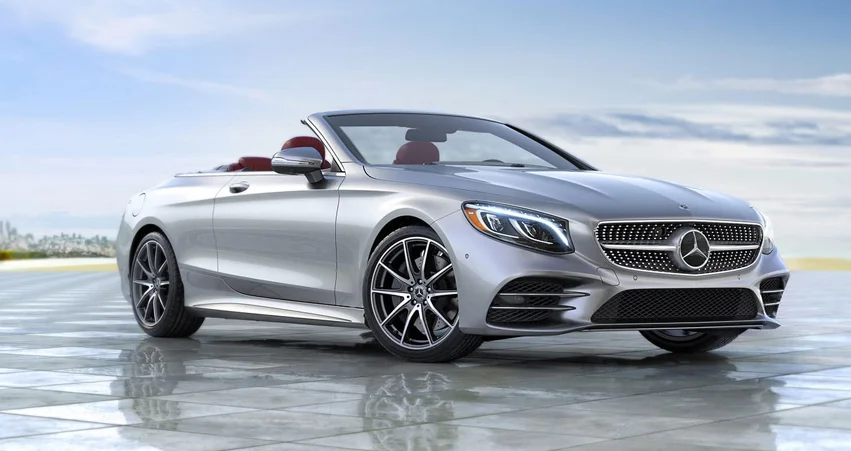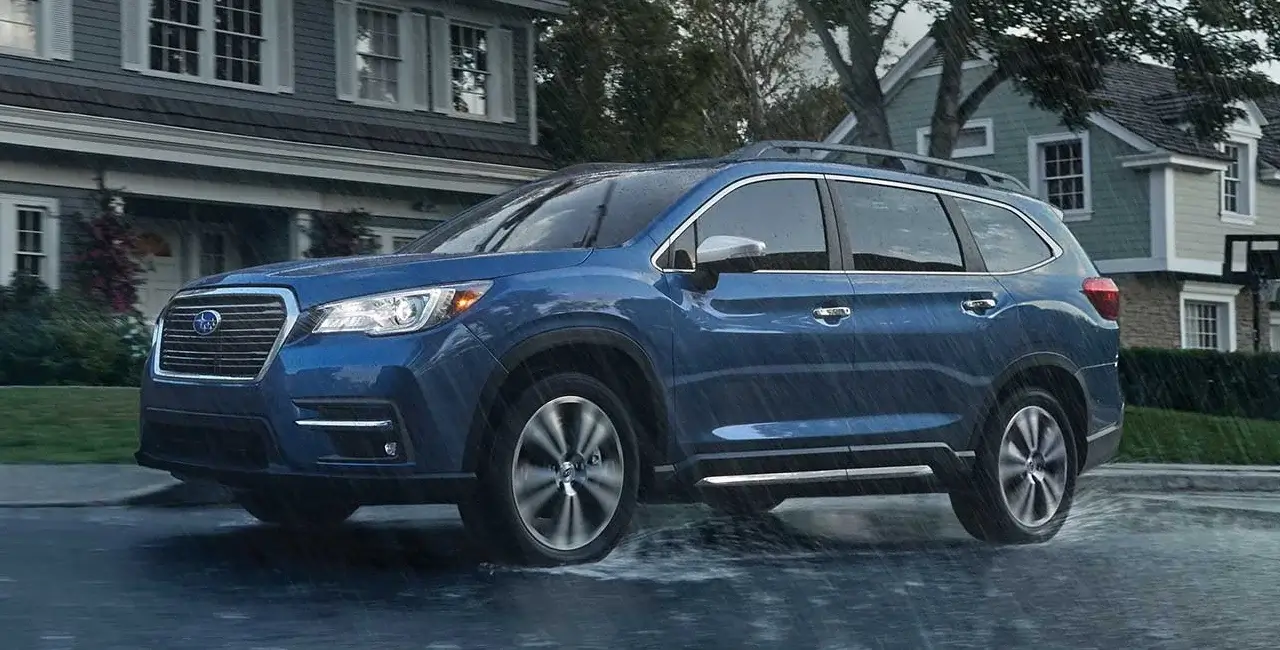Sports cars, with their sleek design, powerful engines, and high-performance capabilities, offer an exhilarating driving experience. However, the very features that make them thrilling also demand a heightened sense of responsibility and safety awareness.
Operating a sports car is not just about enjoying the ride; it’s also about understanding and mitigating the risks associated with high-speed driving. This article outlines five critical safety precautions that every sports car driver should take to avoid accidents and injuries.
Understand and Respect the Car’s Power
One of the first steps in safely navigating a sports car is to have a thorough understanding of its capabilities and limitations. Sports cars are typically equipped with powerful engines that can generate significant speed and acceleration. While this can be thrilling, it also increases the risk of losing control, especially for inexperienced drivers.
Suggestion: 9 Best 3 Cylinder Cars In The USA That You Can Buy In 2024
To mitigate this risk, it is essential to familiarize yourself with the car’s handling, braking system, and response to acceleration. Start by driving at moderate speeds, gradually increasing as you become more comfortable and aware of how the car behaves under different conditions. Respect the power under the hood and avoid aggressive driving behaviors such as rapid acceleration, hard braking, and sharp turns, especially in wet or slippery conditions.
Always Use Seatbelts and Proper Seating Position
The importance of seatbelts cannot be overstated, regardless of the vehicle type. In sports cars, where the likelihood of high-speed driving is greater, seatbelts are a critical safety feature. Ensure that you and your passengers always wear seatbelts, which can significantly reduce the risk of severe injury or death in case of an accident.
Additionally, the seating position in a sports car can affect both control over the vehicle and safety. Adjust your seat so that you can comfortably reach the pedals and steering wheel without stretching. Your back should be firmly against the seat with a slight bend in the knees and elbows. This position allows for better control of the car and ensures that the safety features, like preventing airbag injuries, function effectively in the event of a collision.
Regular Maintenance and Checks
Sports cars require regular maintenance to ensure they are in peak condition. High-performance vehicles can be more sensitive to wear and tear, especially if frequently driven at high speeds. Regular checks and maintenance of brakes, tires, engine components, and suspension systems are crucial.
Pay special attention to the tires, as they are the only point of contact between the car and the road. Ensure they are properly inflated, have adequate tread, and are free of damage. Check the brakes regularly for any signs of wear or reduced performance. Remember, the better the condition of your car, the safer your driving experience will be.
Be Mindful of Weather and Road Conditions
Sports cars are often not the best choice for adverse weather conditions. Their design and performance features, which are ideal for clear, dry roads, may not fare well on wet, icy, or snowy surfaces. The reduced traction in such conditions can make it challenging to control a powerful sports car.
Also Check: 15 Top Car Brands That Start With A – Cars That Start With A In 2024
It is advisable to avoid driving your sports car in poor weather conditions. If you must drive, do so with extra caution. Reduce your speed, allow for more stopping distance, and avoid sudden maneuvers. Be particularly cautious on curves and turns where the risk of skidding or losing control is higher.
Defensive Driving and Awareness of Surroundings
Defensive driving is essential, especially when operating a vehicle as potent as a sports car. Always be aware of your surroundings, including other vehicles, pedestrians, and potential hazards on the road. Maintain a safe distance from other cars, and be particularly cautious in areas with heavy traffic or unpredictable driving behaviors.
Be aware of the common blind spots in sports cars and use mirrors effectively to compensate for them. Avoid distractions such as using your phone or adjusting the radio while driving. Remember, the faster you are driving, the less time you have to react to unexpected situations. Always anticipate the actions of other drivers and be prepared to react safely.
Safety as the Cornerstone of Sports Car Driving
Driving a sports car can indeed be an incredibly rewarding experience, offering a unique blend of exhilaration, performance, and prestige. However, this thrill comes with a significant set of responsibilities that extend beyond the driver to the broader community. Adhering to the outlined safety precautions is not just a personal choice, but a civic duty. By understanding and respecting the car’s power, consistently using seatbelts, performing regular vehicle maintenance, being cautious of weather and road conditions, and practicing defensive driving, you significantly reduce the risk of accidents and injuries. These actions reflect a deep understanding of the responsibilities that come with piloting a high-performance vehicle and a commitment to road safety.
Furthermore, prioritizing safety in sports car driving transcends personal well-being; it contributes to the overall safety and harmony of the roadways. Every driver’s actions have a ripple effect, influencing the driving culture and environment around them. By choosing to operate your sports car with caution and respect, you set a positive example for others, promoting a culture of safety and responsibility that is much needed in today’s fast-paced world.
This commitment to safety ensures that the roads remain a space where everyone, regardless of what they drive, can coexist peacefully and safely. Ultimately, the true enjoyment of a sports car is not solely in its speed and performance but in the ability to navigate it safely and responsibly. The satisfaction of driving a sports car should always be aligned with a high regard for safety standards, ensuring that every journey is not just thrilling but also secure. Remember, as a sports car driver, you’re not just behind the wheel of a powerful machine; you’re an ambassador of safe and responsible driving.







